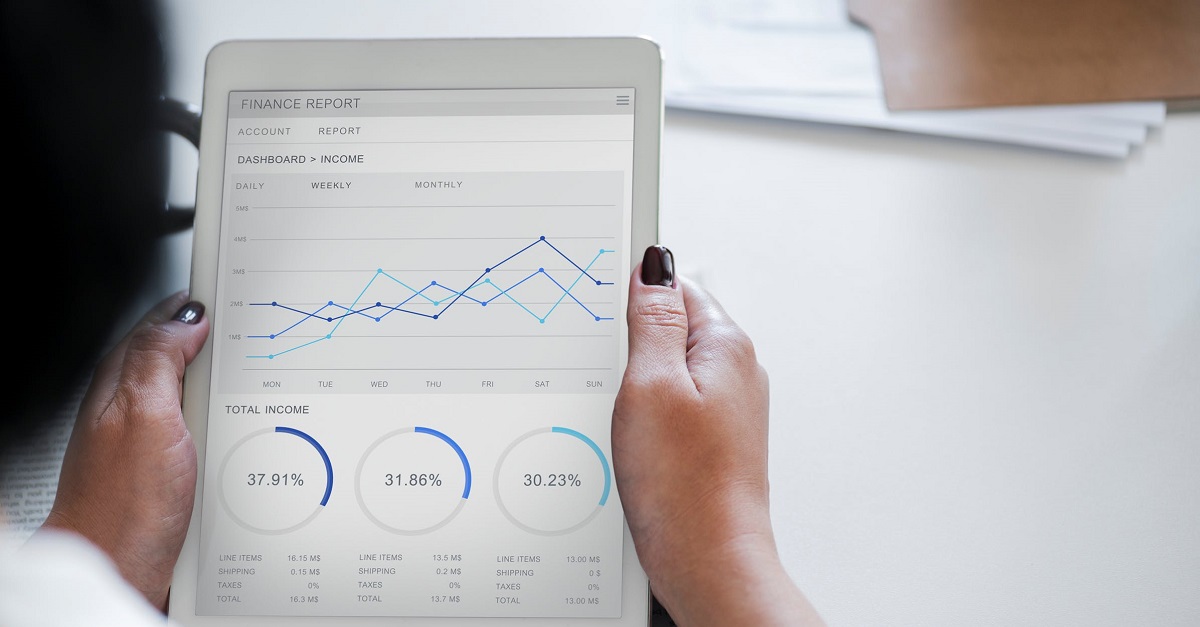Blogs
Sign-up to receive the latest articles related to the area of business excellence.
Run Chart
View All Blogs
What is a Run Chart?
A run chart is a graph that displays data collected in a time sequence from any process. The chart can be used to determine if the run (sequence) of data points is random or exhibits any pattern. For example, you may want to determine whether the number of calls received in a call center every hour is random or exhibits any pattern. If a process only exhibits random (common cause) variation, then we say that the process is stable. If there are any special causes, then the process is not stable. Why do we care about stability? A stable process is a predictable process, whereas an unstable process is not predictable. We usually desire a stable, predictable process so that we know that the output of the process is coming from a well-established process where a standard operating procedure is being followed. It is possible to determine the capability of a stable process. An unstable process might be an indication of lack of control of the inputs, the way the process is run, or lack of a standard operating process. It is hard to understand the future capability of a process that is unstable.The run chart in the Sigma Magic software determines four types of special causes: trends, oscillations, mixtures, and clusters. Trend is a type of instability, where the data is either consistently increasing or decreasing. Oscillations indicate a pattern where the data is oscillating (like a sine wave). Mixtures indicate data that is mixed from multiple populations. Clusters indicate a shift in the mean where the data stays to one side of the overall median. The figure below shows the presence of trends and clusters.

How to Interpret the Run Chart
The graph contains the overall median which is shown by the green line. The individual data points are shown in the blue dots. The text area contains the summary of the P values for trends, oscillations, clusters, or mixtures. If any of the P values is less than the value of alpha (typically 0.05) then we can conclude the presence of the same in the data set. The conclusion is stated in the conclusion area.The four types of instabilities are computed by counting the number of runs above and below the median and the number of runs up and down. A run above the median is the number of sequence of data points that stays above the overall median value. If the data is random, we would expect that the number of runs above and below the median would roughly be equal and the number of runs up and down would roughly be equal. If the number of runs going up is significantly greater than the number of runs going down, then we can say that the data probably contains a trend. The opposite of trend is an oscillation. If the number of runs above the median is significantly greater than the number of runs below the median, we can say that the data probably contains a mean shift (or cluster). The opposite of cluster is a mixture. We can then statistically determine the probability of a trend or cluster and hence determine the P values for each of them.
How does Run Chart compare with Control Charts?
Both Run Chart and Control Charts can be used to determine if a process is stable, however, they approach the problem in a slightly different manner and hence their use/application is different. A Run Chart is usually used after the initial data collection is complete to determine if the process has random variation or if there is any pattern. The overall median value of the data is used to determine the run values. If there is a pattern, then actions are taken to understand the source of the special cause and hence reduce variation in the process. The objective of the Run Chart is not to detect the presence of a special cause in real-time but only after all the data collection is completed. A control chart on the other hand is used in process maintenance mode where the objective is to identify in real-time as soon as a process is out-of-control due to a special cause. A control chart contains both a Lower Control Limit (LCL) and an Upper Control Limit (UCL) and hence can visually show if a process is in control. A Run Chart requires the use of computer software to calculate the P values and determine if a process is stable. On the other hand, once the control limits are determined, a control chart can be easily updated by an operator to determine if a process is stable without the use of a computer. A control chart may have additional tests built in which may detect additional types of special causes similar to a Run Chart. Hence, a Control Chart is superior to a Run Chart. If you just want to understand your data better you would use a Run Chart and if you want to control the process in real-time you would use the Control Chart.Follow us on LinkedIn to get the latest posts & updates.
